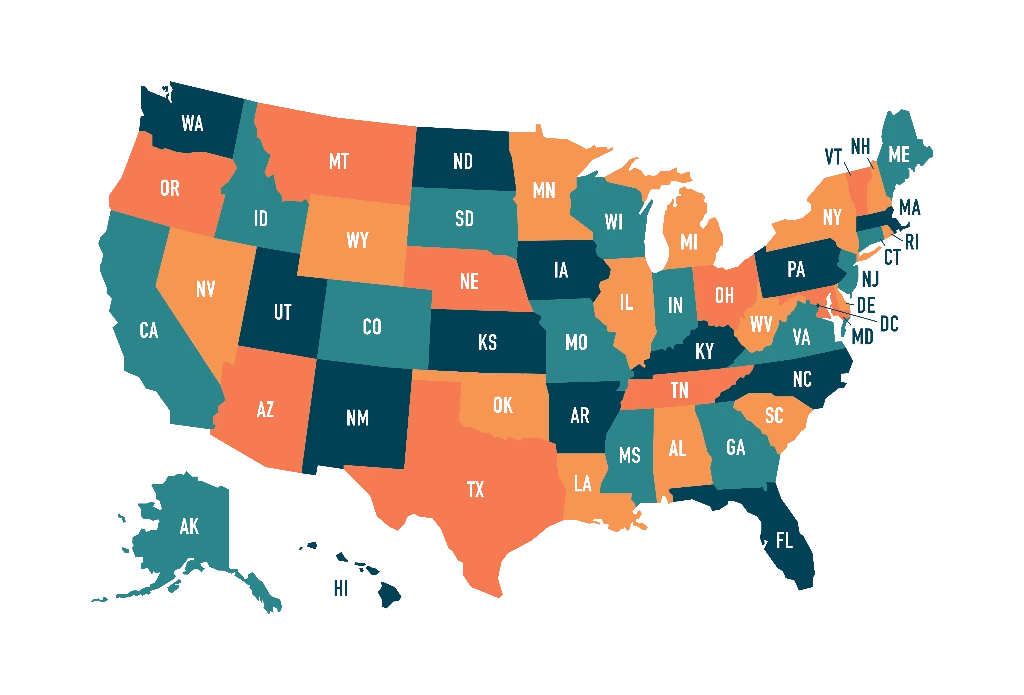The “inability to engage in any substantial gainful activity because of any medically determinable physical or mental impairment which can be expected to result in death or has lasted or can be expected to last for a continuous period of not less than 12 months.” Unlike Worker Compensation, or VA Disability, under Social Security you are either completely disabled, or not disabled. There is no such thing as partial, or percentage, of disability.












